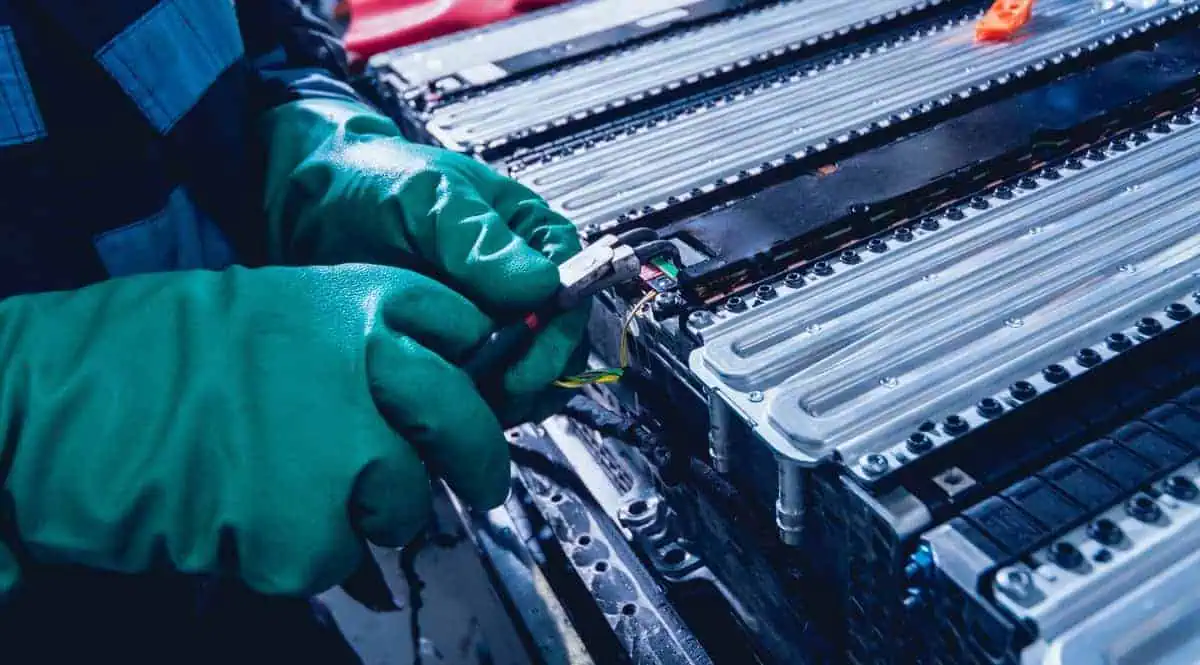Sila Nanotechnologies announced its purchase of a facility in Washington to produce next-gen EV battery tech.
Sila Nanotechnologies Inc., a battery materials company, announced on Tuesday that it would purchase a facility in Washington to produce next-generation battery technology that can support the production of up to 500,000 electric vehicles.
Sila’s anode production is “sufficient to power 10 GWh of cells when used as a full graphite replacement, or up to 50 GWh of cells when used as a partial replacement.” The company said that it is enough material to power batteries in 100,000-500,000 premium electric vehicles and 500 million mobile phones annually.
Gene Berdichevsky, Co-founder and CEO of Sila, said in a statement: “The U.S has always excelled at innovation. Now we must also excel at manufacturing that innovation. Sila is delivering proven next-generation anode materials today. Our new Washington state plant builds on that momentum offering the manufacturing capacity to meet the needs of our auto partners on their way to a fully electric future. Since our start, we’ve been working towards automotive quality standards and scale to ensure longer range, faster charge times, and lower battery cost. With this scale-up, we have a pivotal piece to realize the full potential of next-generation materials at the volumes required to make a global impact,”
“Our energy independence and economic prosperity are tied to our ability to develop and manufacture new clean energy technologies here on American soil. I’m proud that Washington state has been a leader on this issue and even prouder that innovative companies like Sila come here to advance these clean energy solutions. Washington is excited that Sila is investing here,. We welcome the transformative impact that building clean energy can have on our world and our state,” Washington Governor Jay Inslee said.
The factory will be 600,000 square-feet in size and located at Moses Lake, Washington. The Washington facility will also be powered by hydropower. The company said that the facility’s production lines will start in the second half of 2024, with a full start of production underway in the first half of 2025.






